
The 7 accessories you really need when you travel by motorcycle: do you have them
Riding a motorcycle in summer is a pleasure, or a nightmare. Here are 7 accessories you might need... or maybe not so much
A motorcycle trip during summer vacation becomes a healing activity for both body and mind, as long as we keep to certain guidelines to prevent it from turning into the opposite.
Part of everything you must keep in mind when traveling by motorcycle, whether you do it with company or alone, centers on using a series of accessories that will make your life easier.
Not only that, but due to their simplicity or practicality, sometimes they'll let you easily get out of a jam you could find yourself involved in "without even realizing it"…
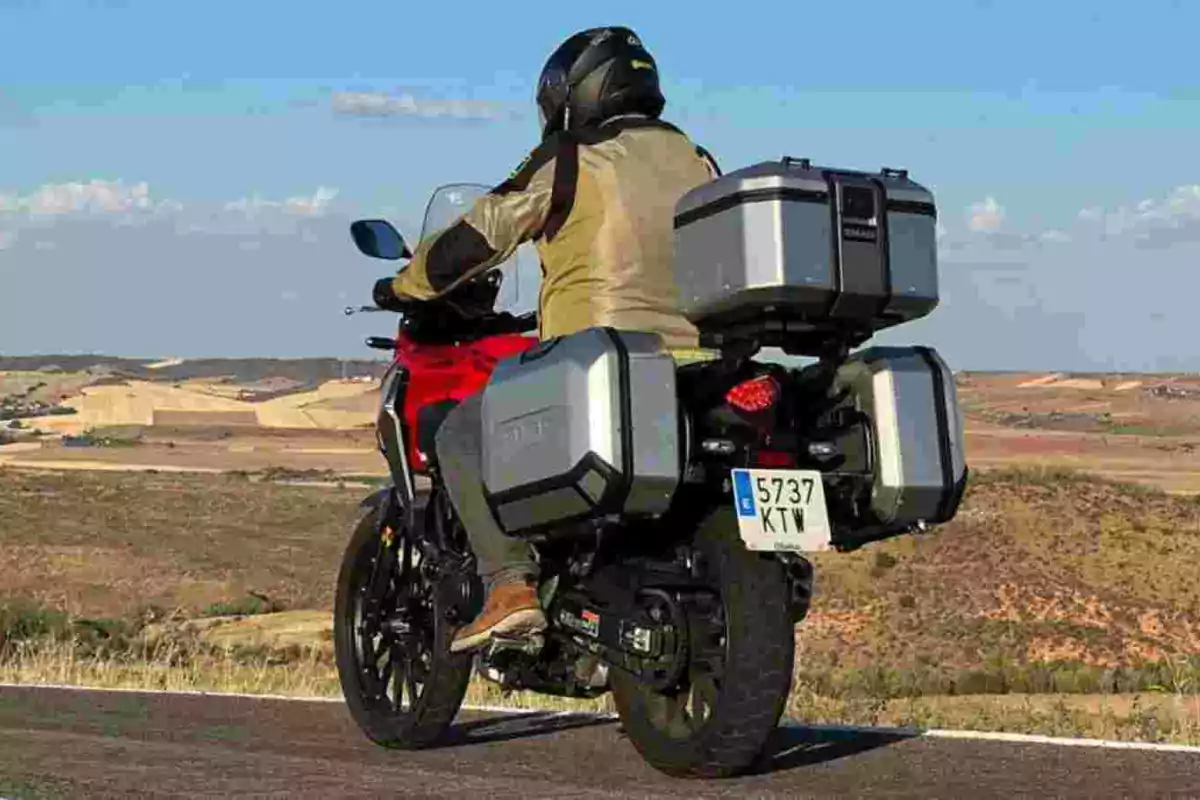
Rear trunk, side cases and seat bag
Bulky and bothersome if you ride with the full set of cases, however, there's nothing better for carrying everything you need on your motorcycle trips.
They substantially change the dimensions of your machine, which is why they're not recommended for moving around with them in urban environments, which in theory won't be a priority on your way to vacation happiness riding through more open areas.
Distribute the load to balance the weight in the side cases and watch the maximum weight allowed, especially when using the trunk; the bag for the passenger seat will serve as a backpack if you travel alone: the best way to free your back.
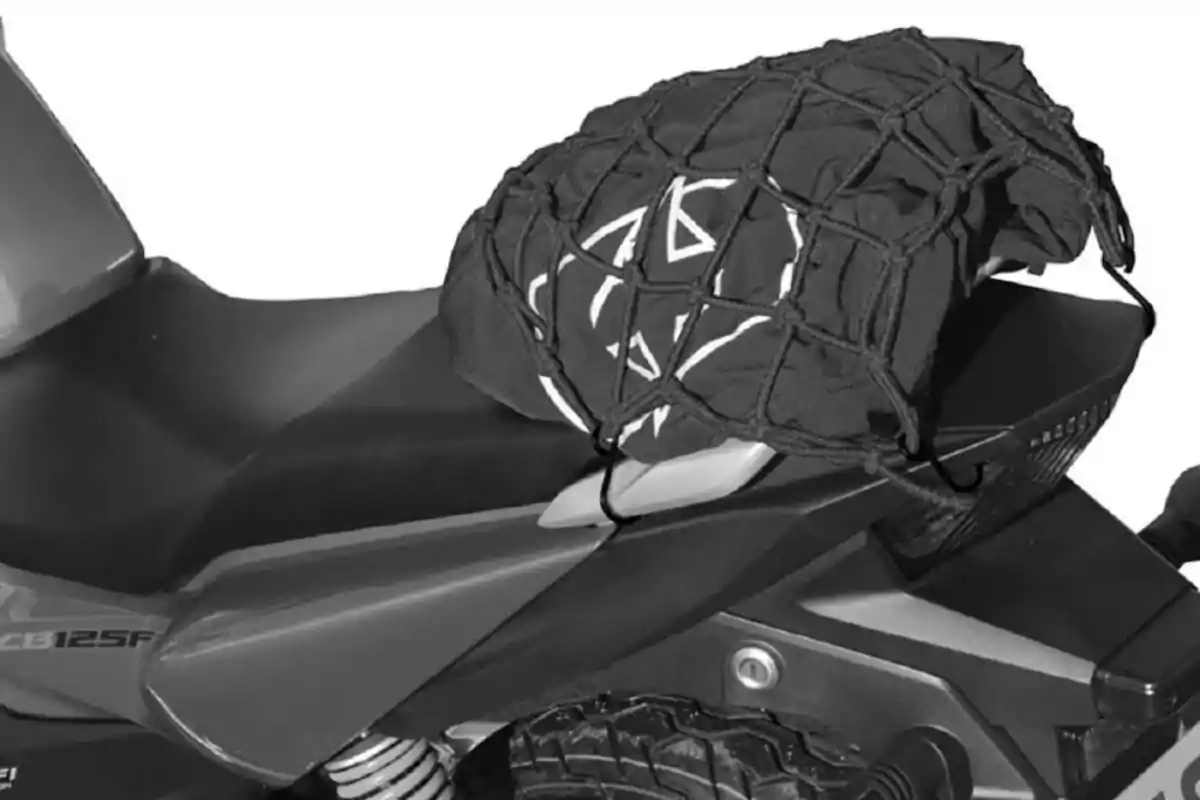
Elastic net
There's nothing lighter, simpler, or more practical than an elastic net to secure your load almost anywhere on the motorcycle in just a few minutes.
It's the improved version of the classic bungee cords that pioneers used when traveling on their indestructible 2T bikes along our national roads last century.
With a minimum of 3 hooks on each side, you just need to find the balance in attaching it to any fixed part of the motorcycle to secure a small load, so that the "tentacles" provide coverage.
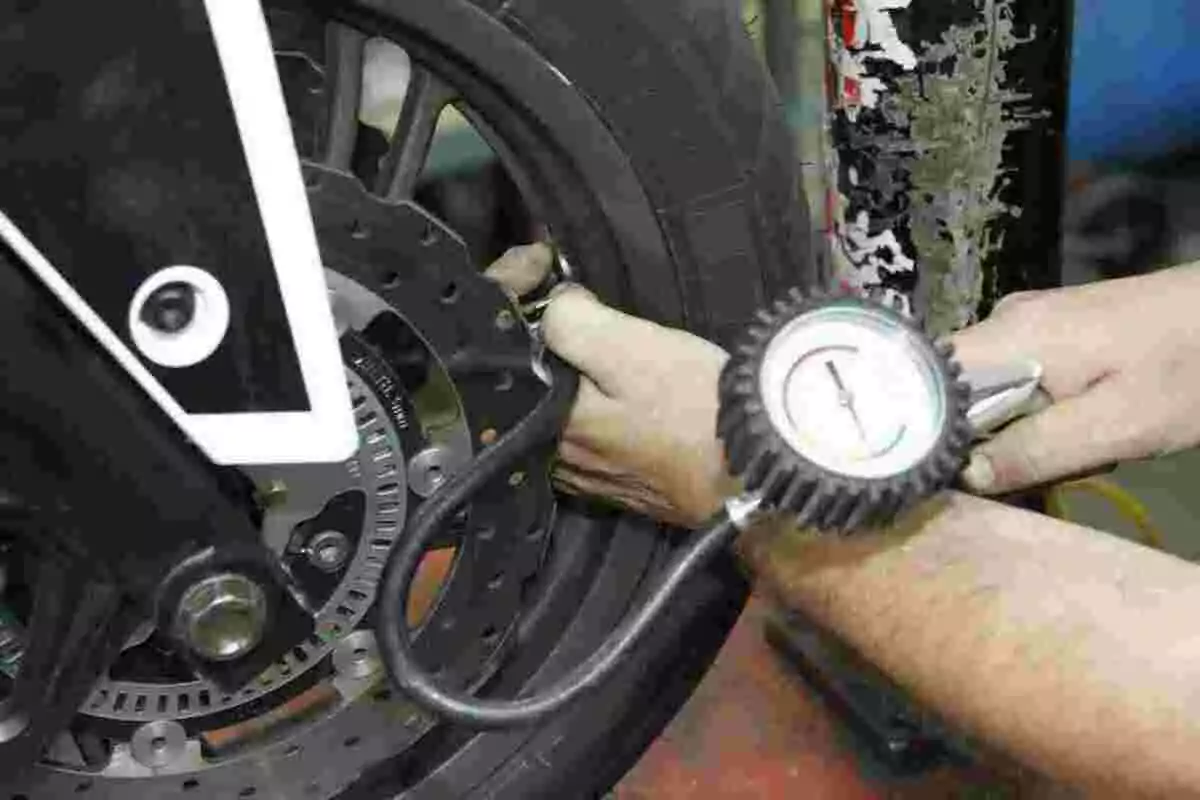
Tire repair kit and pressure gauge
No one can guarantee that you'll be free from a flat tire at any moment. A basic kit will let you get by, locating and repairing the affected area.
Additionally, a pressure gauge will always help you know if you're riding with the correct tire pressures on both tires, keeping in mind that the greater the load, the greater the need to keep the pressure indicated by the manufacturer for your safety.
Compare your pressure gauge's reading with that of a professional tire installer, to ensure the information received.
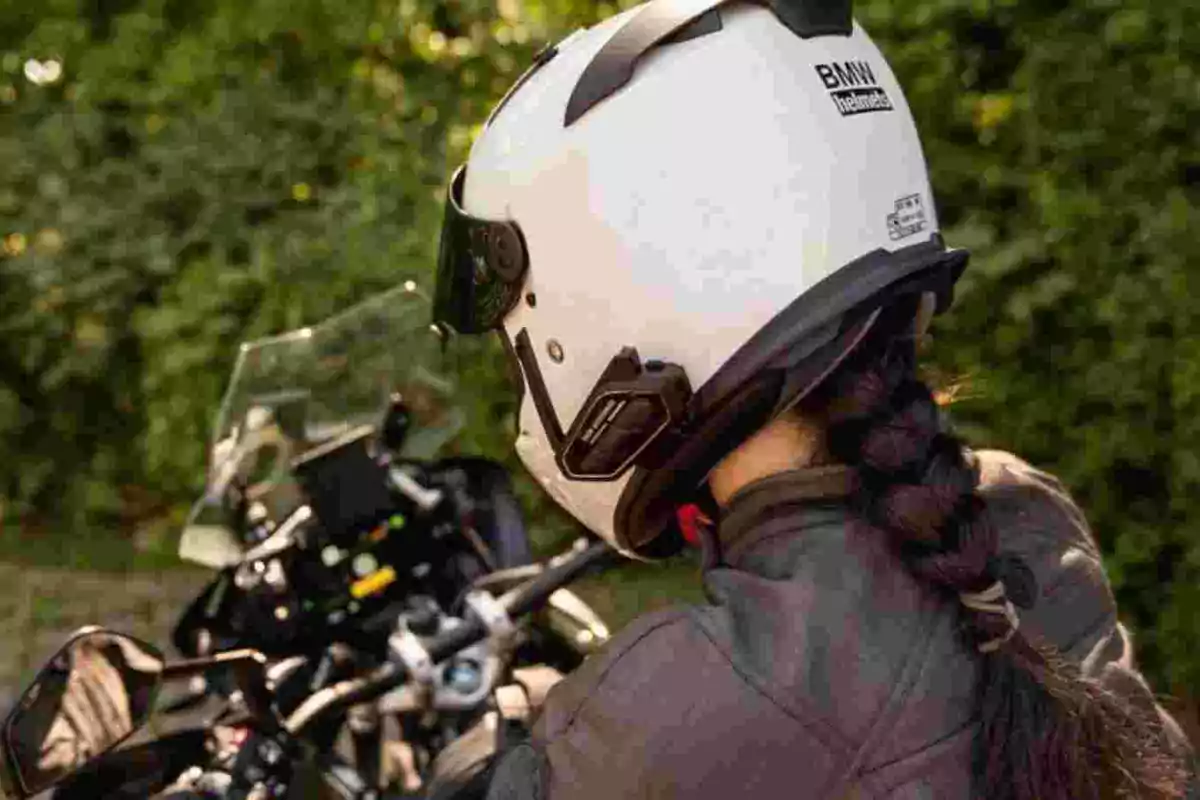
Intercom
Necessary or dispensable? It will depend on your desire or need to stay connected, beyond your link to everything around you while riding.
People have always talked with the passenger, or other travel companions, through gestures or by raising their voice.
It's more of an element that complements the experience and will keep more relaxed those who need a "360 connection."
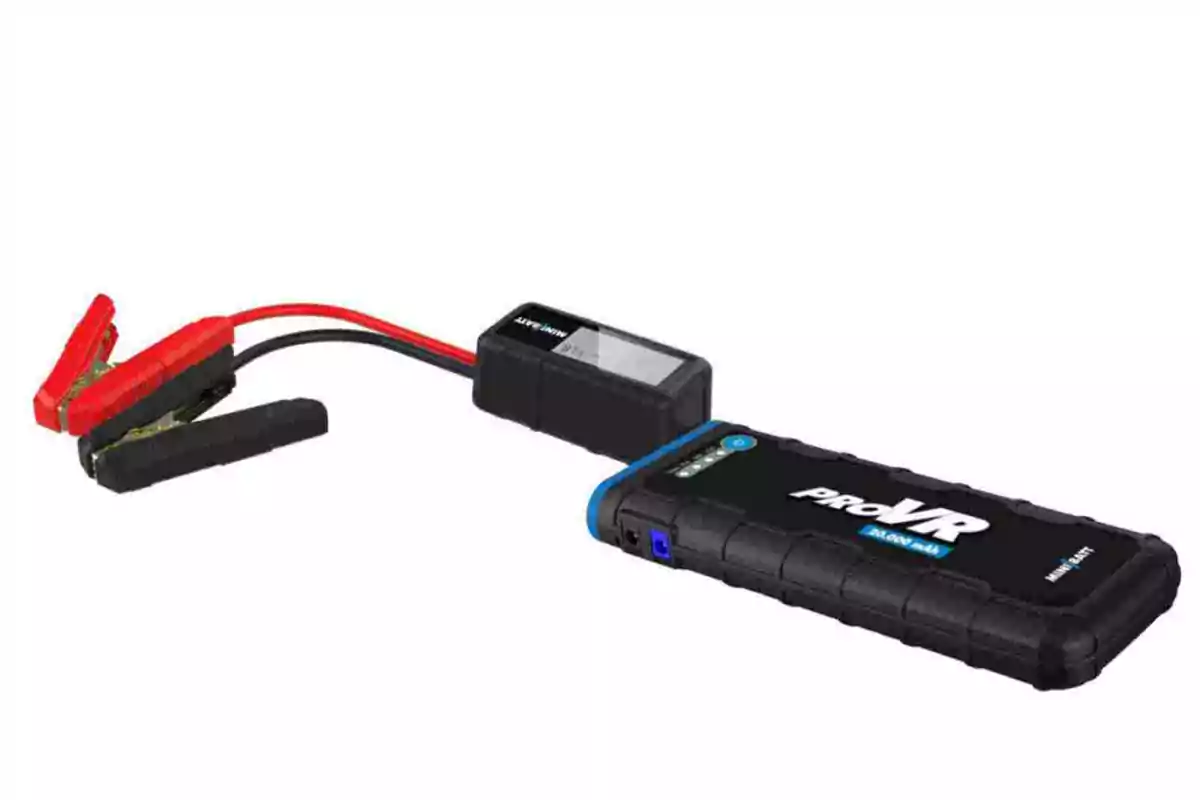
Battery jump starter
This is an accessory whose dimensions may not help when carrying it with the rest of your luggage (note, some are very compact), but without a doubt, it'll get you out of a jam if you suffer a drop in your motorcycle's battery, completely independently.
Could it be replaced by the usual set of jumper cables to be assisted by another power source? Yes, although you'll need another battery at hand, also considering that these cables are usually long and of generous diameter.

First aid kit
The classic first aid kit is never a bad idea in the luggage of any motorcyclist who prides themselves on being cautious.
The basic elements shouldn't take up much space and will serve to stop bleeding, clean wounds, or simply deal with an untimely headache.
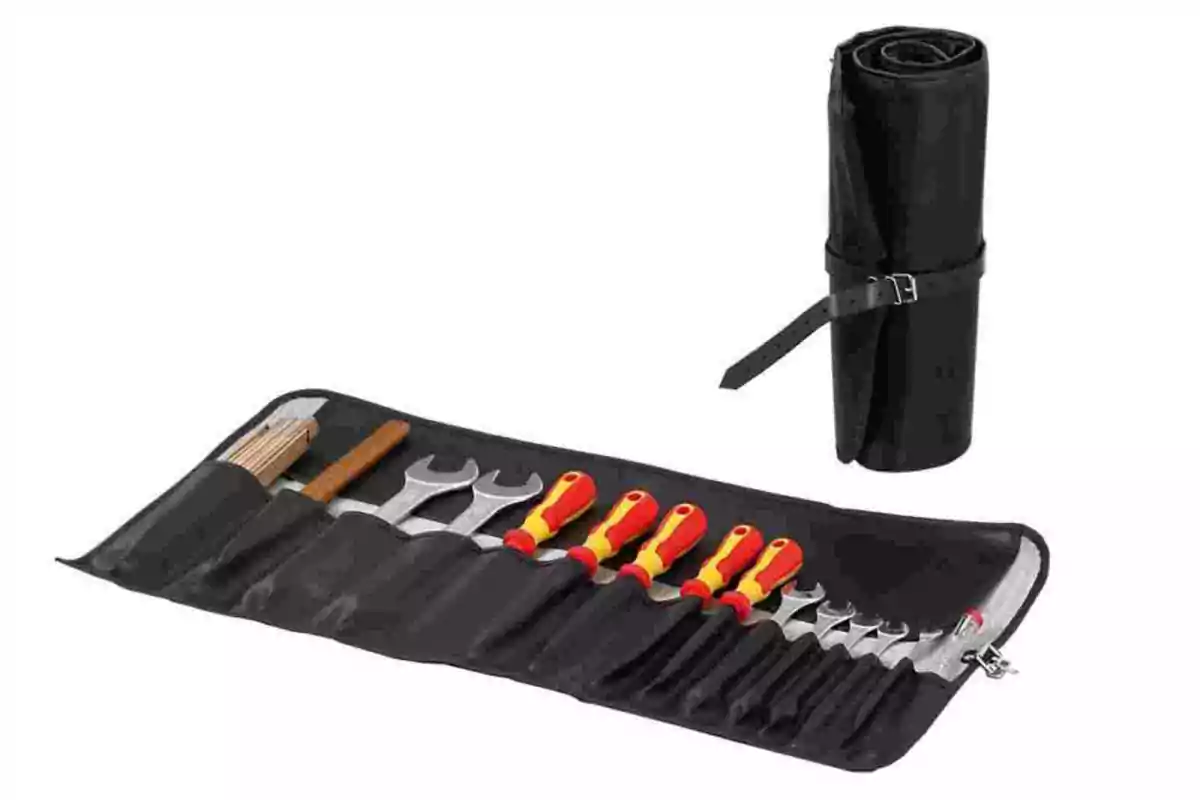
Toolbox
A basic tool kit is what new motorcycles used to come with not long ago. Nowadays, it's a highly valued extra, especially for the most frequent travelers.
If you can and your motorcycle allows it, always carry it under the seat with flat tools like a "mini" adjustable wrench, a reversible screwdriver, pliers, electrical or duct tape, and several zip ties.
More posts: